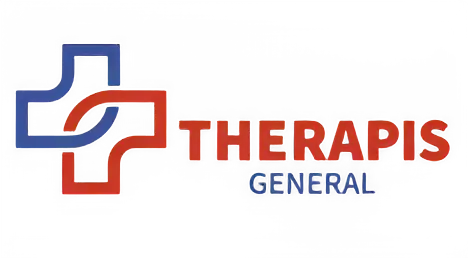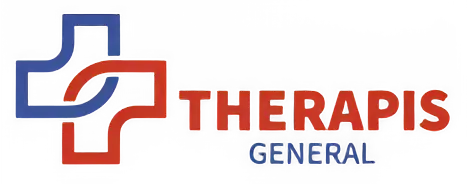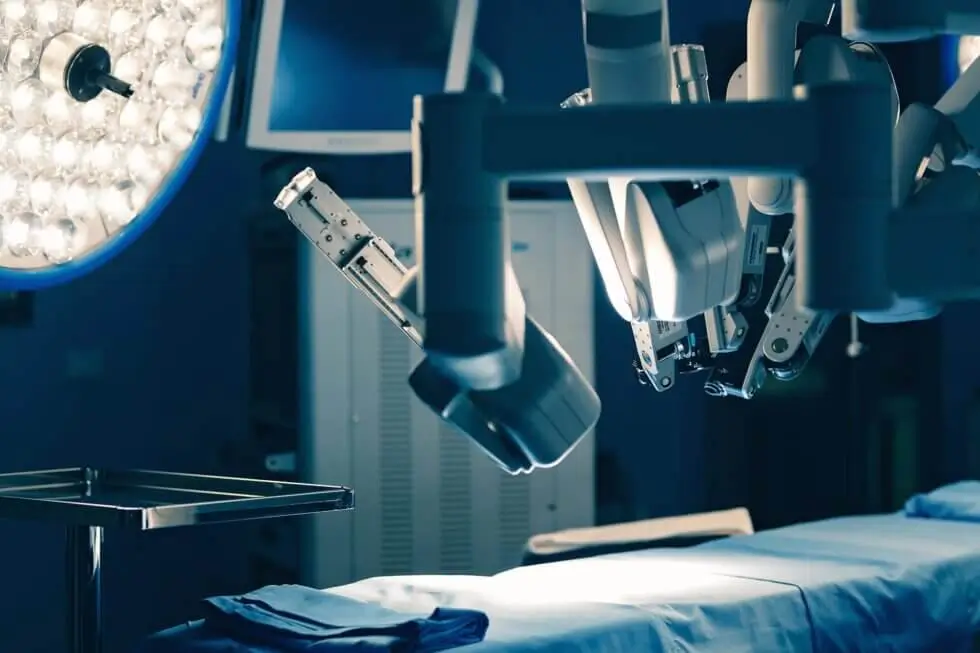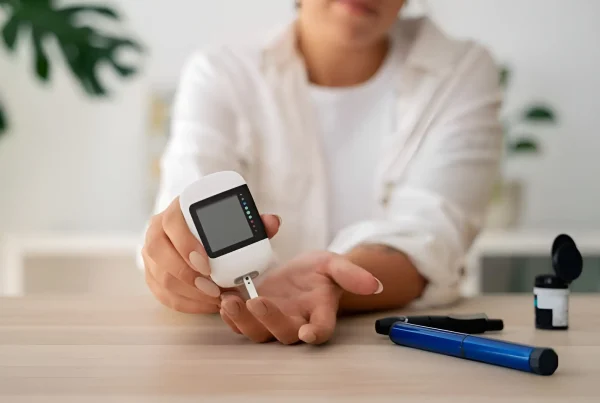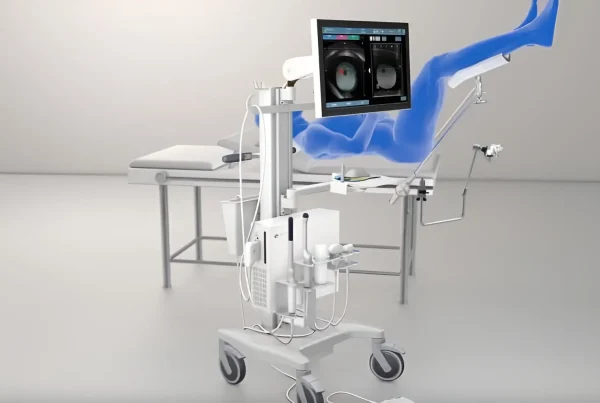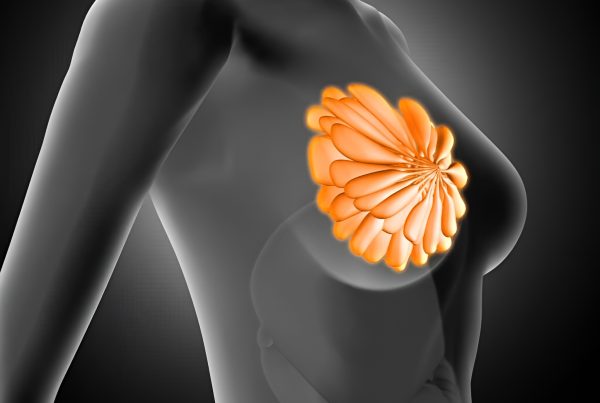Lithiasis is a very common condition with a high incidence in Greece due to the climate.
The characteristic of urinary stone is that it has a high probability of recurrence, which in some cases can reach rates of over 50%.
Risk factors for the development of urinary tract stones are heredity, diet, reduced water intake, obesity, lack of exercise, climate (hot-dry climate) and various endocrinological diseases.
Lithiasis can manifest itself with a wide range of different symptoms. Small stones may not cause obstructive phenomena in the kidney so they do not cause colic and are usually discovered incidentally during a kidney ultrasound screening. Larger kidney or ureter stones can cause acute severe sudden pain, kidney colic, or even deterioration of kidney function (renal failure).
Urgent cases of stones are considered to be renal colic that does not resolve with medication, febrile obstructive pyelonephritis (urinary tract infection coexisting with obstruction by a stone) and acute renal failure (obstruction of the kidneys by stones)
Diagnosis is made by the patient’s clinical picture and history and of course by imaging tests. Although ultrasound and X-ray (NOC) of the kidneys may in the acute phase provide information about the presence of a stone, the final diagnosis and the test of choice that finally establishes the diagnosis is CT scan
The treatment of lithiasis depends on the characteristics of the stone, i.e. the size, location, hardness and number of stones in a patient. Small 3-4 mm stones in the lower lobe of the kidney that do not cause symptoms may simply be monitored with ultrasound scans at predetermined intervals.
The stones in the ureter that cause obstruction in the kidney and lead to the onset of colic are ideally treated with the Semi-Flexible Laser Ureterolithotripsy which without incision the stone is fragmented with the contribution of the Laser.
Depending on their size, kidney stones can be treated with extracorporeal lithotripsy (soft stones up to 10 mm), Flexible Laser Kidney Lithotripsy (stones up to 20 mm) and percutaneous kidney lithotripsy (stones over 20 mm).
Flexible Laser Kidney Lithotripsy and Ultra Mini Transdermal Kidney Lithotripsy are the most modern treatment for urinary tract stones, each separately or a combination of both can treat large kidney stones without incision and bleeding.
The comprehensive treatment of urinary tract lithiasis requires a specific plan depending on each patient’s problem and requires the cooperation of a team of specialists of different specialties specialized in lithiasis to provide a definitive solution to the patient’s problem and eliminate the possibility of recurrence. This team consists of the Radiologist, Urologist, Urologist, Infectious Disease Specialist, Nephrologist and Endocrinologist who together will not only rid the patient of the stone but will identify the cause of its formation and with proper monitoring will ensure that it does not recur.
Dr. Ioannis S. Katafigiotis MD, PhD, FEBU, FECSM
UROLOGICAL ANDROLOGICAL SURGEON
Doctor of the University of Athens
Fellow of the European Board of Urology
Fellow of the European Committee of Sexual Medicine
Trained at Carl Gustav Carus, Dresden, Germany
Retrained at Hadassah Medical Center, Israel Graduate of the American Society of Endourology
